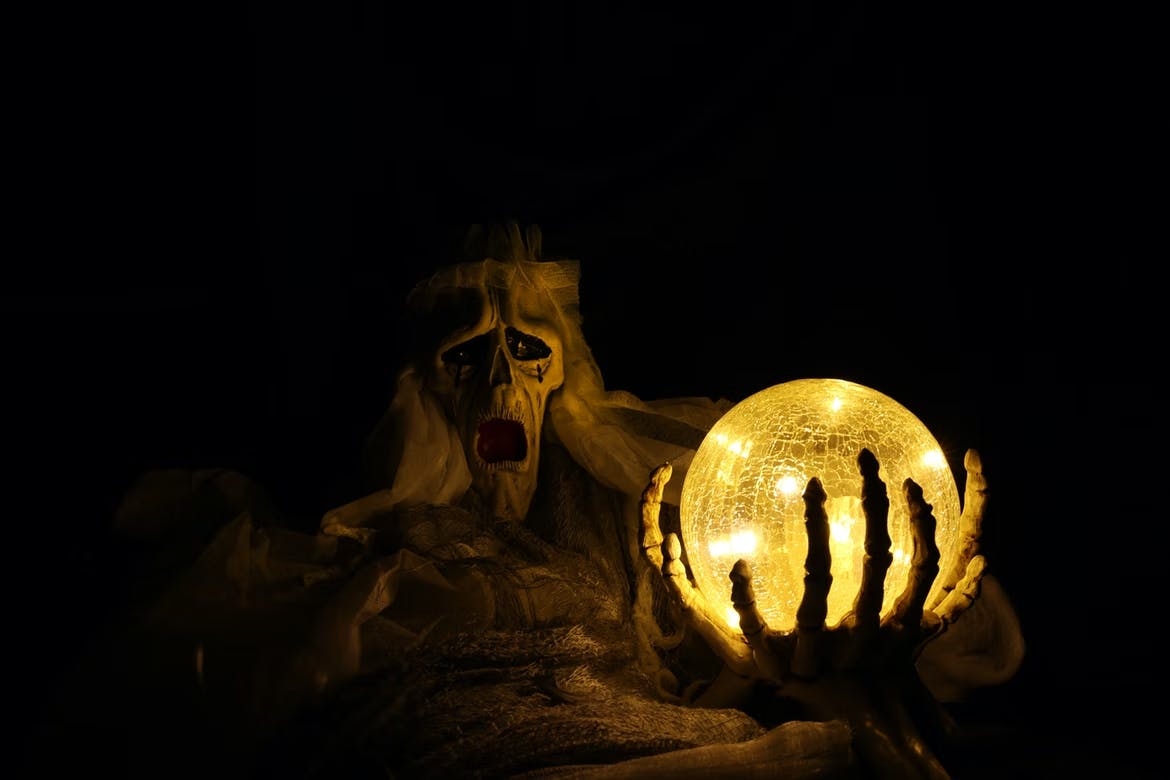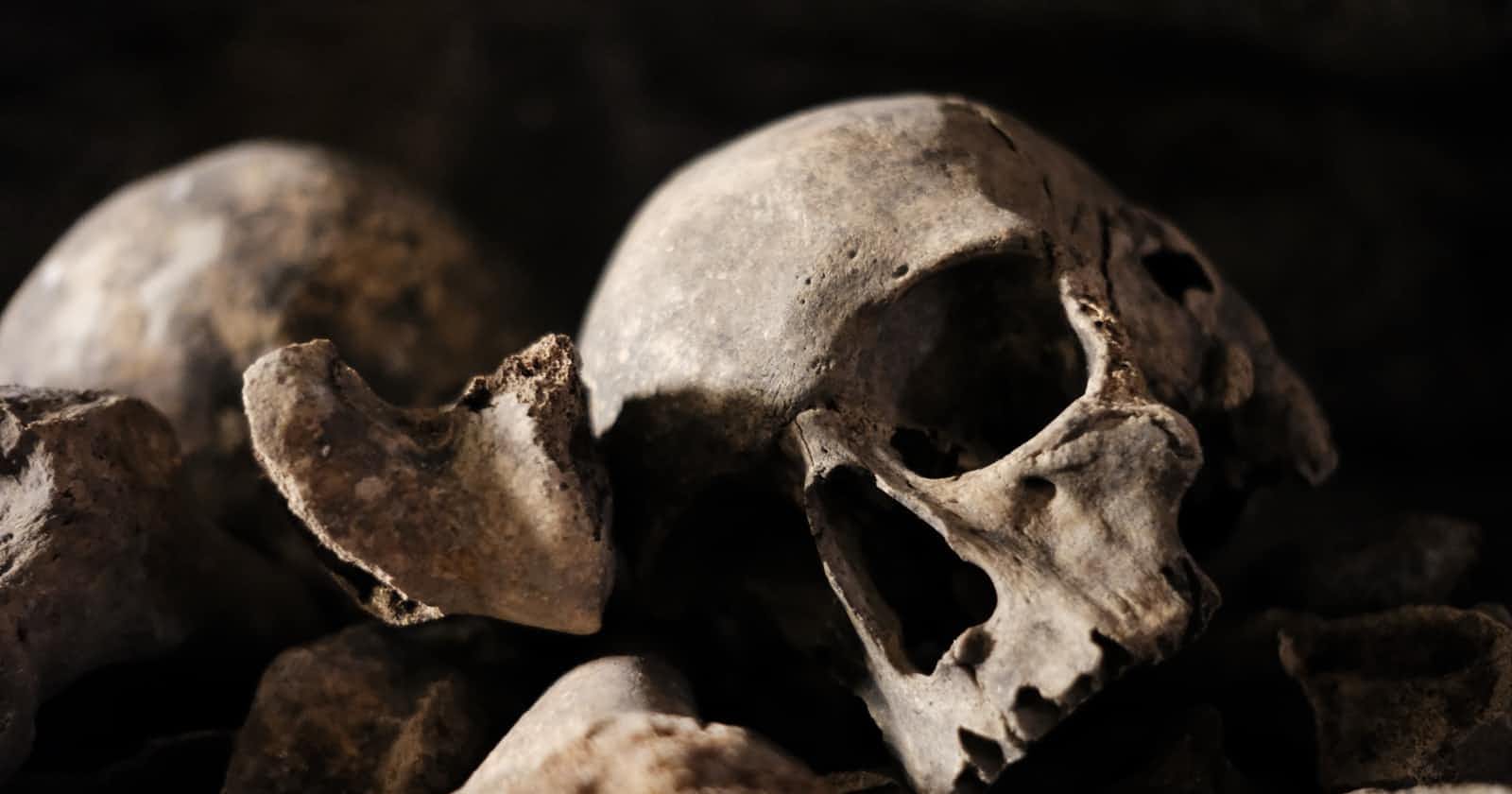Sheridan Le Fanu, an Irish novelist, was one of the most prominent ghost story authors. In a Glass Darkly (1872) and The Purcell Papers (1880), two of Le Fanu's collections, helped popularize the short story as a medium for ghost fiction. Mrs. J. H. Riddell, a fictional character, published ghost stories that were notable for their mastery of the haunted home subject.
Authors such as M. R. James, Sheridan Le Fanu, Violet Hunt, and Henry James contributed to the "classic" ghost story throughout the Victorian era. The gothic literary genre impacted classic ghost stories, which include aspects of folklore and psychology. "Malevolence and terror, the glare of evil faces, 'the stony grin of unearthly malice,' pursuing forms in darkness, and 'long-drawn, distant screams,' are all in place, and so is a modicum of blood, shed with deliberation and carefully husbanded," M. R. James said of the essential elements of a ghost story.
The ghosts of A Christmas Carol, in which Ebenezer Scrooge is taught to realize the wrong of his ways by the spirit of his former colleague Jacob Marley, and the ghosts of Christmas Past, Present, and Yet to Come are famous literary apparitions from the Victorian period. Dickens published "The Story of the Goblins Who Stole a Sexton" as a prequel to A Christmas Carol. Another piece by Dickens that has a ghost is "The Signal-Man."

M.R James Style
M. R. James, according to David Langford, wrote "the most important canon of ghost stories of the twentieth century." James mastered a form of story-telling known as Jamesian, which required forsaking many of his predecessors' typical Gothic components. The following components are frequently included in a classic Jamesian story:
An English hamlet, coastal town, or country estate; a historic town in France, Denmark, or Sweden; or a renowned abbey or university.
The protagonist is a bland and naive gentleman-scholar (often of a reserved nature). the finding of an ancient book or other antique object that, in some way, unlocks, summons the fury of, or at the very least draws the unwanted notice of a supernatural threat, generally from beyond the grave
The tale must, according to James, "place the reader in the position of thinking to himself, 'If I'm not cautious, something like this may happen to me!'" He also developed the method of presenting supernatural occurrences by implication and suggestion, allowing the reader to fill in the blanks and focusing on the everyday aspects of his locations and people to bring the horrible and odd parts into sharper focus. In his prologue to the book Ghosts and Marvels (Oxford, 1924) he summarized his approach: "To me, the mood and the skillfully controlled crescendo are two components most significant in the concocting of a ghost story."
"That the ghost should be hostile or odious: friendly and helpful apparitions are all well and well in fairy tales or local traditions, but I have no use for them in a fake ghost story," James said.
Many of James' tales portray scenes and imagery of raw and frequently terrifying violence, despite his recommendation in the essay "Stories I Have Tried to Write" that writers adopt restraint in their writing.
Japanese Horror
Kaidan () is a type of Japanese ghost story that literally means "supernatural tale" or "strange tale." In the Edo era, a game called Hyakumonogatari Kaidankai grew popular, and Kaidan entered the vernacular. The game's success, along with the purchase of a printing press, resulted in the birth of a literary genre known as Kaidanshu. Kaidan stories aren't necessarily scary; they might "be hilarious, bizarre, or merely talk about an unusual incident that happened once."
Kwaidan: Stories and Studies of Strange Things was released in 1904 by Lafcadio Hearn as a compilation of Japanese ghost stories that was later converted into a film. "It is regarded as the first presentation of Japanese superstition to European and American audiences," according to the book.
Modern Horror
Now the horror is most driven by internet, ghost stories of creepypasta and other people experience published in blogs like creepypaste.com, StraightForwardGuidance or Ghost.com are the most common source in that ghost stories are published right now.


